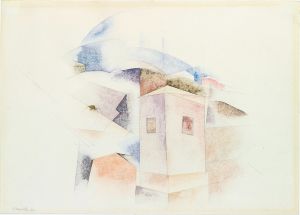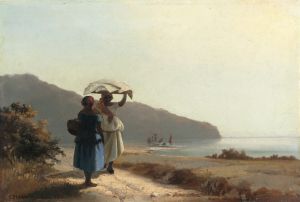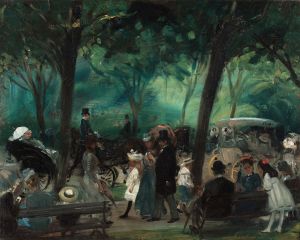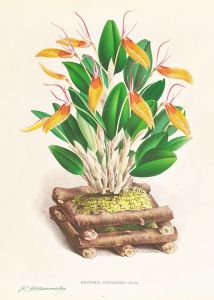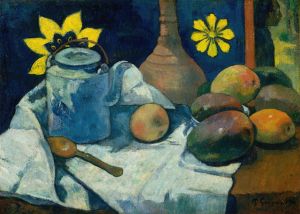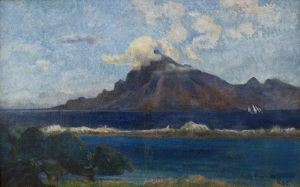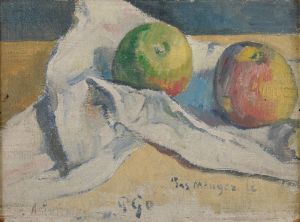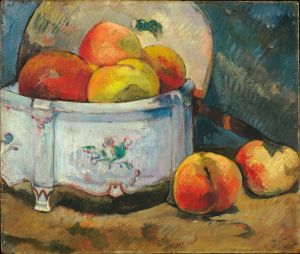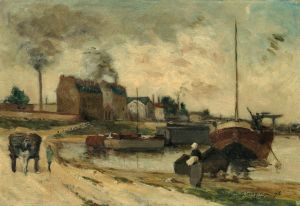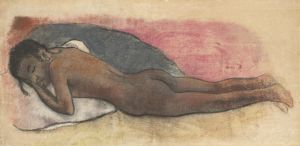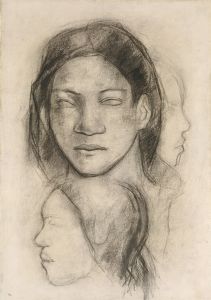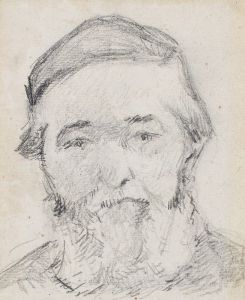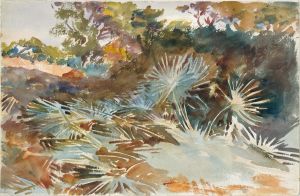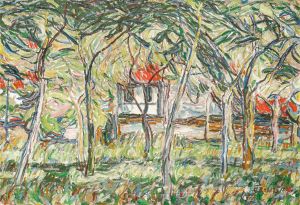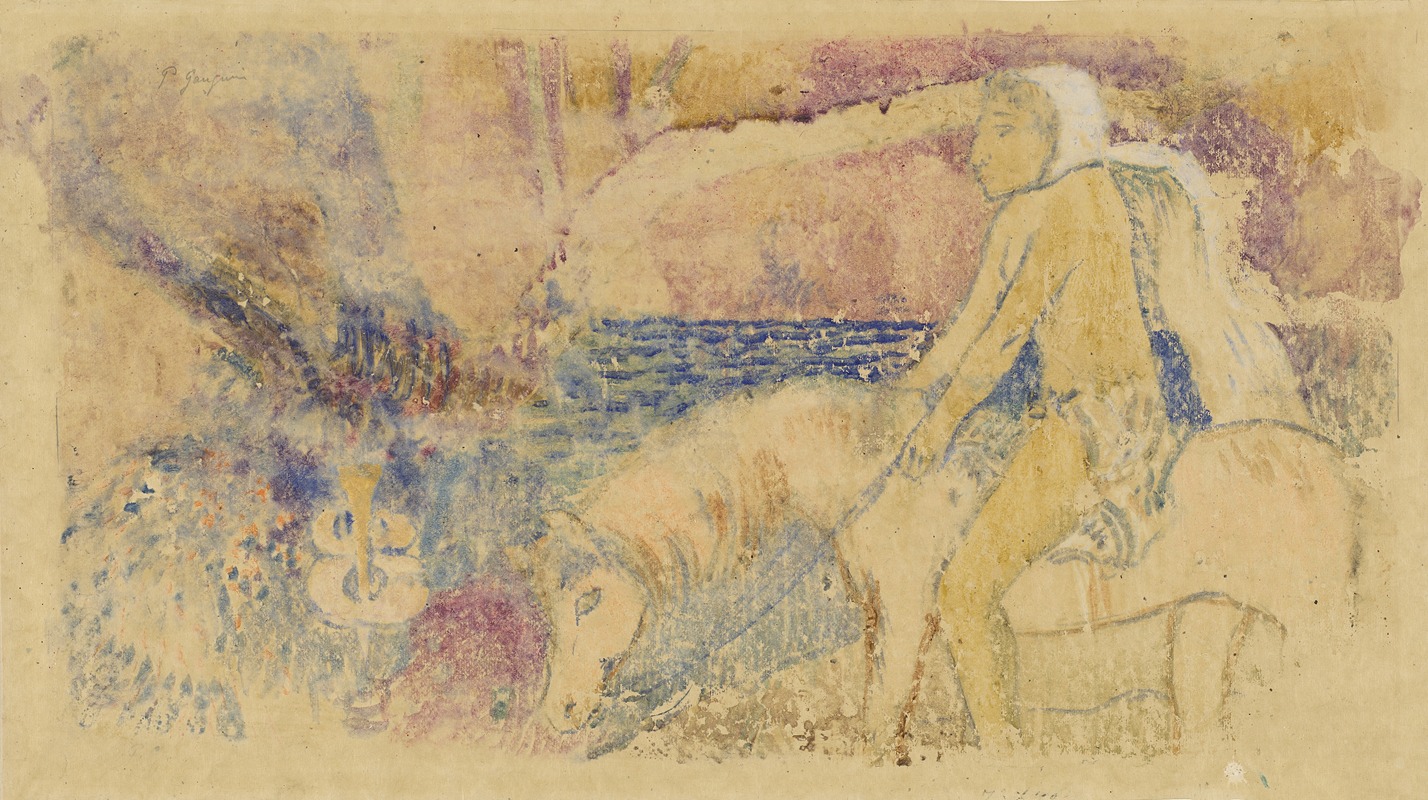
The Pony
A hand-painted replica of Paul Gauguin’s masterpiece The Pony, meticulously crafted by professional artists to capture the true essence of the original. Each piece is created with museum-quality canvas and rare mineral pigments, carefully painted by experienced artists with delicate brushstrokes and rich, layered colors to perfectly recreate the texture of the original artwork. Unlike machine-printed reproductions, this hand-painted version brings the painting to life, infused with the artist’s emotions and skill in every stroke. Whether for personal collection or home decoration, it instantly elevates the artistic atmosphere of any space.
Paul Gauguin's painting "The Pony" is a notable work from the artist's prolific period in Tahiti, where he sought to capture the essence of the island's culture and natural beauty. Gauguin, a French post-Impressionist artist, is renowned for his bold use of color and synthetist style that emphasized flat planes and strong outlines. His time in Tahiti, beginning in 1891, was marked by a desire to escape European civilization and immerse himself in what he perceived as a more primitive and pure way of life.
"The Pony" reflects Gauguin's fascination with the exotic and his attempt to depict the idyllic and unspoiled nature of Tahitian life. The painting features a pony, an animal that, while not native to Tahiti, was present due to European influence. Gauguin often included such elements in his work to juxtapose the traditional with the modern, highlighting the cultural intersections present on the island.
In this painting, Gauguin employs his characteristic vibrant palette, using bold colors to convey the lushness of the Tahitian landscape. The pony is depicted with a sense of tranquility, surrounded by the rich flora of the island. Gauguin's technique involves the use of broad, flat areas of color, a departure from the detailed realism of earlier European art. This approach allows him to focus on the emotional and symbolic aspects of the scene rather than a literal representation.
Gauguin's work in Tahiti was also deeply influenced by his interest in the spiritual and mythical aspects of the island's culture. While "The Pony" does not overtly depict any specific mythological or religious themes, the serene and harmonious composition can be seen as a reflection of Gauguin's idealized vision of Tahitian life. His paintings from this period often explore themes of paradise and the noble savage, concepts that were prevalent in European thought at the time.
"The Pony" is part of a broader body of work that Gauguin produced during his first and second stays in Tahiti. These works are characterized by their exploration of color, form, and the interplay between the natural and the mystical. Gauguin's Tahitian paintings, including "The Pony," have been influential in the development of modern art, inspiring later artists such as Pablo Picasso and Henri Matisse.
Gauguin's legacy is complex, as his work raises questions about cultural appropriation and the romanticization of indigenous cultures. However, his contributions to the art world are undeniable, as he pushed the boundaries of color and form, paving the way for future movements such as Fauvism and Expressionism.
"The Pony" remains a testament to Gauguin's unique vision and his ability to capture the beauty and complexity of the world around him. It is a piece that continues to be studied and admired for its artistic innovation and its place within the broader narrative of Gauguin's life and work.





